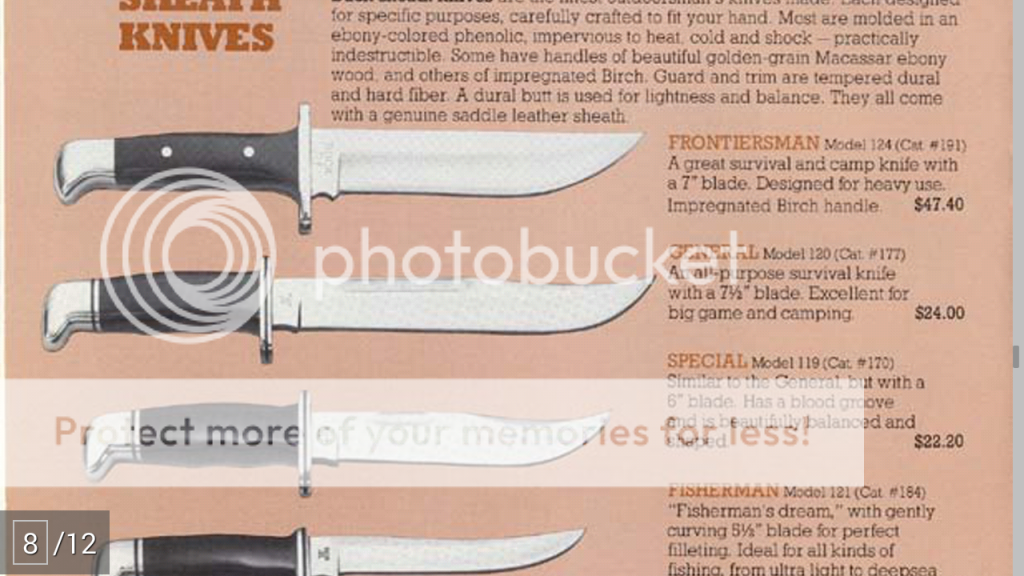Buck clearly states cocobola dymondwood in their advertising.
Ebay sellers and others can put whatever they want. Shoot, ebay sellers frequently lie, misrepresent, and do many scandalous things to sell their wares.
Here is a photo for the 119 options, from the 2014 catalog. Buck's official advertising!

Dymondwood in all its varieties of colors are all laminates.
The sheets are dyed, and then laminated, among other processes to achieve the desired effect.
The Buck cocabola dymondwood handles are just that....dymondwood.
The archery site you linked may have used actual cocobolo and cocobola dymondwood together in a bow,
But that would be something they did, not the manufacturer of the dymondwood.


















